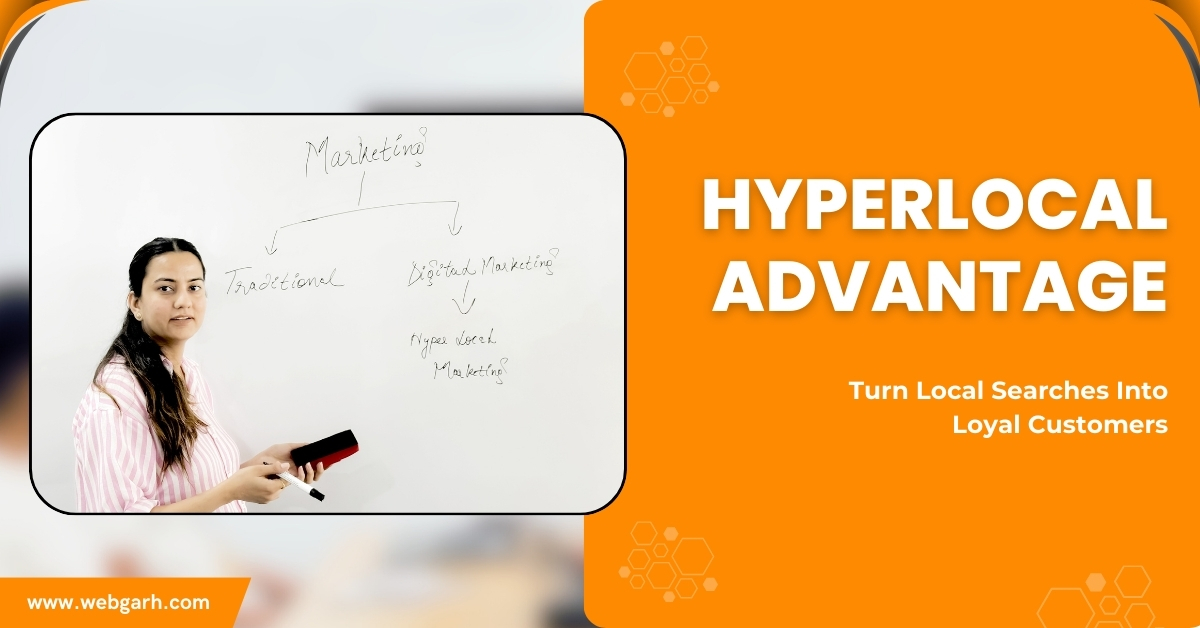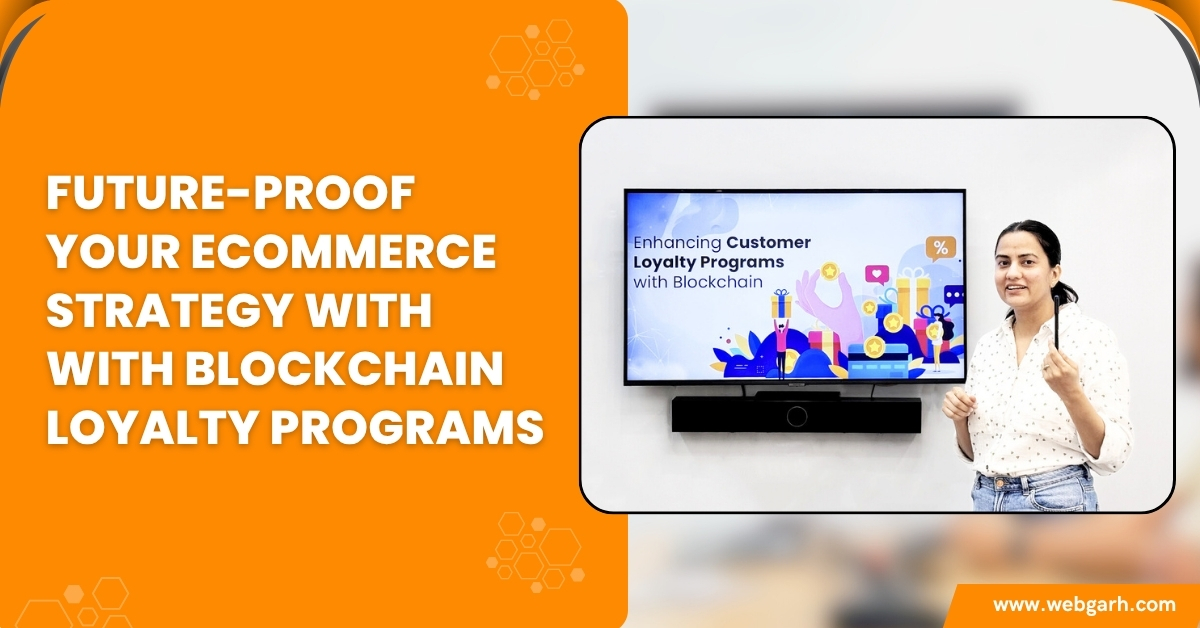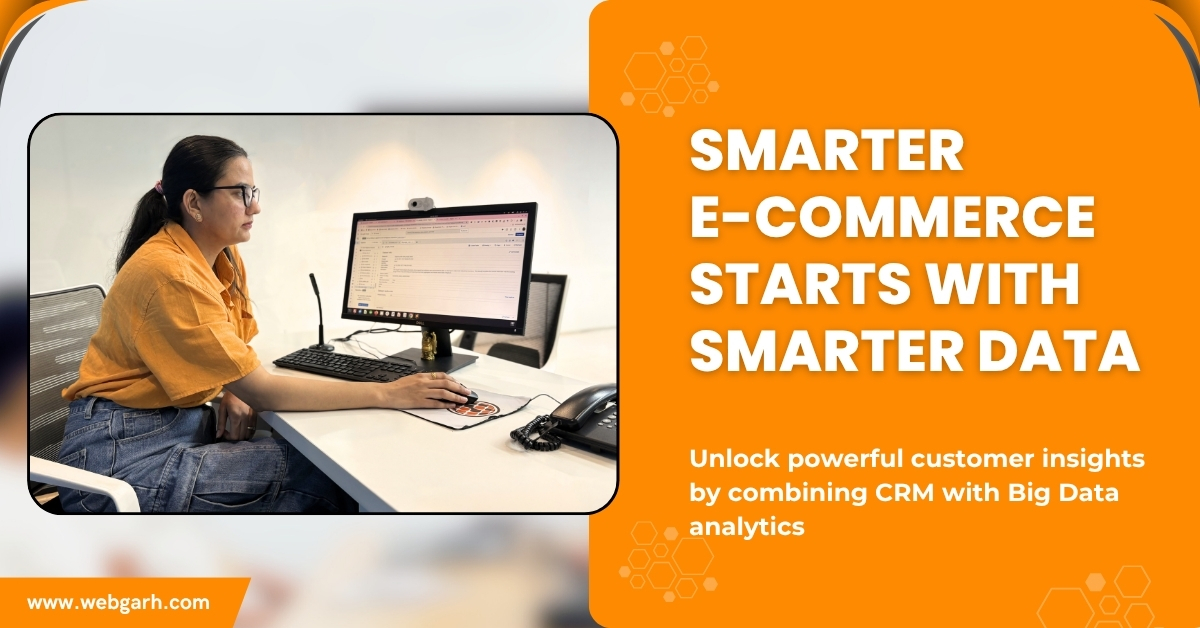Hyperlocal Marketing Strategies for E-Commerce Success in 2025
“Want your e-commerce brand to stand out right where your customers are? It’s time to go hyperlocal.”
In today’s digital age, consumers increasingly seek products and services “near me,” making hyperlocal marketing essential for businesses aiming to connect with nearby customers. This strategy focuses on targeting audiences within a specific geographic area, enhancing visibility, and driving foot traffic.
Why read this? Each week, we delve into e-commerce trends and strategies to empower your business. Last week, we explored the ‘Mobile-First Shift.’ This week, we focus on leveraging hyperlocal marketing for maximum impact.
Ready to transform your local presence? Let’s dive in.
Understanding Hyperlocal Marketing
Hyperlocal marketing is a highly targeted strategy that focuses on engaging customers within a very specific geographic area, often as precise as a single neighborhood or even a few city blocks.
Unlike broader local marketing, which targets an entire city or region, hyperlocal marketing hones in on a narrowly defined area—such as a specific neighborhood or even a few city blocks—to connect with nearby consumers more directly.
Key distinctions between local and hyperlocal marketing:
- Local Marketing: Targets a broader area, such as a city or region, aiming to reach a wide audience within that locale.
- Hyperlocal Marketing: Focuses on a narrowly defined area, like a specific neighborhood or street, allowing for more personalized and relevant messaging.
Benefits of hyperlocal marketing include:
- Increased Visibility: By optimizing for location-based searches, businesses become more visible to consumers in their immediate area.
- Higher Conversion Rates: Targeted messaging resonates more with local audiences, leading to improved engagement and sales.
- Enhanced Community Engagement: Building relationships within the local community fosters trust and loyalty among customers.
Incorporating hyperlocal digital marketing strategies can significantly impact an e-commerce business’s ability to connect with nearby customers, driving both online and in-store traffic. By tailoring content and promotions to the specific needs and interests of a local audience, businesses can create more meaningful interactions and foster long-term customer relationships.
Key Components of a Successful Hyperlocal Marketing Strategy
To effectively leverage hyperlocal marketing, e-commerce businesses must implement a multifaceted approach that resonates with local audiences. Here are the essential components:
1. Local SEO Optimization
- Claim and optimize your Google My Business (GMB) listing to enhance visibility in local search results.
- Ensure consistent Name, Address, Phone number (NAP) information across all platforms.
- Incorporate location-specific keywords in your website content to improve search rankings.
2. Geo-Targeted Advertising
- Utilize geo-fencing to send targeted ads to users within a specific radius of your business.
- Implement hyper local advertising on platforms like Google Ads and social media to reach nearby customers.
- Craft ads tailored to specific neighborhoods or regions to increase relevance.
Tip: Hyperlocal advertising allows businesses to efficiently use their ad budgets by reaching only the most relevant local audiences.
3. Localized Content Creation
- Develop content that highlights local events, news, or community stories to engage your audience.
- Use local slang or cultural references to make your content more relatable.
- Create localized landing pages to cater to the specific interests and needs of different areas.
4. Community Engagement
- Participate in or sponsor local events to increase brand visibility.
- Collaborate with local influencers or businesses for cross-promotions.
- Encourage customer reviews and testimonials to build trust within the community.
By integrating these components, e-commerce businesses can create a robust hyperlocal marketing strategy that drives traffic and fosters strong community relationships.
As a hyperlocal marketing agency, we assist e-commerce brands in integrating hyperlocal marketing platforms with precision, crafting location-aware ecosystems that deliver personalized experiences at every local touchpoint.
Implementing Hyperlocal Strategies in E-Commerce
Incorporating hyperlocal marketing into your e-commerce strategy can significantly enhance your connection with local customers. By focusing on specific geographic areas, you can tailor your offerings and communications to meet the unique needs of local audiences.
1. Tailor Product Offerings to Regional Preferences
- Analyze local purchasing trends to stock products that resonate with regional tastes.
- Offer exclusive items or bundles that cater to local events or cultural practices.
2. Develop Localized Landing Pages
- Create dedicated pages for different neighborhoods or regions, incorporating local keywords and references.
- Ensure these pages highlight location-specific promotions and testimonials.
3. Offer Region-Specific Promotions
- Design discounts or deals exclusive to certain areas, encouraging local engagement.
- Utilize geo-targeted advertising to promote these offers to the appropriate audience.
4. Leverage Local Testimonials and Reviews
- Showcase feedback from customers in specific locales to build trust within those communities.
- Encourage satisfied local customers to share their experiences on regional platforms.
By focusing on these hyperlocal social marketing strategies, e-commerce businesses can create a more personalized shopping experience, fostering stronger relationships with local customers and driving increased loyalty and sales.
How WebGarh Solutions Can Help You Build a Hyperlocal Store
At WebGarh Solutions, we specialize in creating hyperlocal e-commerce stores that deliver locally. Here’s how we can assist you:
- Customized Hyperlocal Store Development: We build tailored e-commerce stores that cater to specific geographic areas, ensuring your products reach the right local audience.
- Geo-Targeted Features: Our solutions include features like location-based product listings and delivery options to enhance the local shopping experience.
- Local SEO Optimization: We optimize your store for local search, improving visibility among nearby customers.
- Integration with Local Delivery Services: We integrate your store with local logistics providers to ensure timely and efficient deliveries.
- Mobile-First Design: Recognizing the importance of mobile shopping, we design responsive, mobile-friendly stores for seamless user experiences.
Measuring the Impact of Hyperlocal Marketing
To evaluate the effectiveness of your hyperlocal marketing initiatives, it’s essential to monitor specific Key Performance Indicators (KPIs) that reflect local engagement and conversion.
Essential KPIs for Hyperlocal Marketing:
- Foot Traffic: Assess the number of customers visiting your physical store due to local promotions or events.
- Local Website Traffic: Track visits originating from targeted geographic areas to gauge online interest.
- Conversion Rates: Monitor the percentage of local visitors completing desired actions, such as purchases or sign-ups.
- Engagement Metrics: Measure likes, shares, and comments on social media posts aimed at local audiences.
- Google My Business Insights: Analyze views, clicks, and actions taken from your business listing to understand local search performance.
Tools to Monitor Performance:
- Google Analytics: Provides detailed insights into website traffic sources and user behavior.
- Google My Business Dashboard: Offers data on how customers find and interact with your business listing.
- Social Media Analytics: Platforms like Facebook and Instagram offer metrics to assess local engagement.
Regularly reviewing these KPIs allows e-commerce businesses to refine their hyperlocal marketing strategies, ensuring they effectively reach and resonate with the intended local audience.
Challenges and Solutions in Hyperlocal Marketing
Implementing hyperlocal marketing can significantly boost local engagement for e-commerce businesses. However, several challenges may arise during execution.
1. Limited Reach
Focusing on specific geographic areas can restrict audience size.
Solution: Expand your reach by targeting multiple nearby neighborhoods and utilizing localized content to appeal to each area’s unique characteristics.
2. Data Management Issues
Inconsistent or outdated local business information can hinder visibility.
Solution: Regularly update your business listings across all platforms, ensuring accuracy in details like address, phone number, and operating hours.
3. Resource Constraints
Small businesses may lack the resources to manage hyperlocal campaigns effectively.
Solution: Leverage automation tools for scheduling posts and managing ads. Additionally, consider partnering with local agencies to share the workload.
4. Measuring Effectiveness
Tracking the success of hyperlocal campaigns can be challenging.
Solution: Utilize analytics tools like Google Analytics and social media insights to monitor engagement and conversion rates within targeted areas.
By addressing these challenges with strategic solutions, e-commerce businesses can effectively harness the power of hyperlocal marketing to connect with local customers and drive growth.
Zomato's Hyperlocal Marketing Strategy: A Real-World Example
Zomato has effectively implemented hyperlocal marketing to enhance its food delivery services. Here’s how:
- Geo-Targeted Advertising: Utilizes location-based ads to promote nearby restaurants and offers.
- Localized Content: Shares region-specific promotions and events to engage local audiences.
- Influencer Collaborations: Partners with local influencers to build community trust and credibility.
- Push Notifications: Send timely alerts about nearby deals, increasing user engagement.
By focusing on local relevance, Zomato has strengthened its connection with customers, driving increased usage and loyalty.
Conclusion: Embracing Hyperlocal Marketing for E-Commerce Success
In today’s competitive digital landscape, hyperlocal marketing has emerged as a pivotal strategy for e-commerce businesses aiming to connect deeply with their local audiences. By tailoring content, promotions, and outreach to specific neighborhoods or regions, businesses can foster stronger community ties, enhance customer loyalty, and drive meaningful engagement.
At WebGarh Solutions, we specialize in crafting bespoke hyperlocal marketing strategies that align with your brand’s unique goals and local market dynamics. Our comprehensive services encompass everything from hyperlocal digital marketing, hyperlocal advertising, and hyperlocal social marketing to localized content creation and community engagement initiatives.
Ready to elevate your local presence? Partner with WebGarh Solutions to harness the full potential of hyperlocal marketing platforms and drive impactful results for your e-commerce business.





















